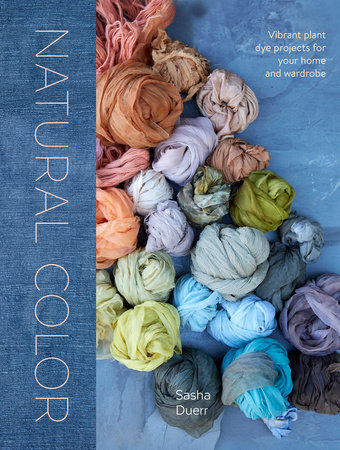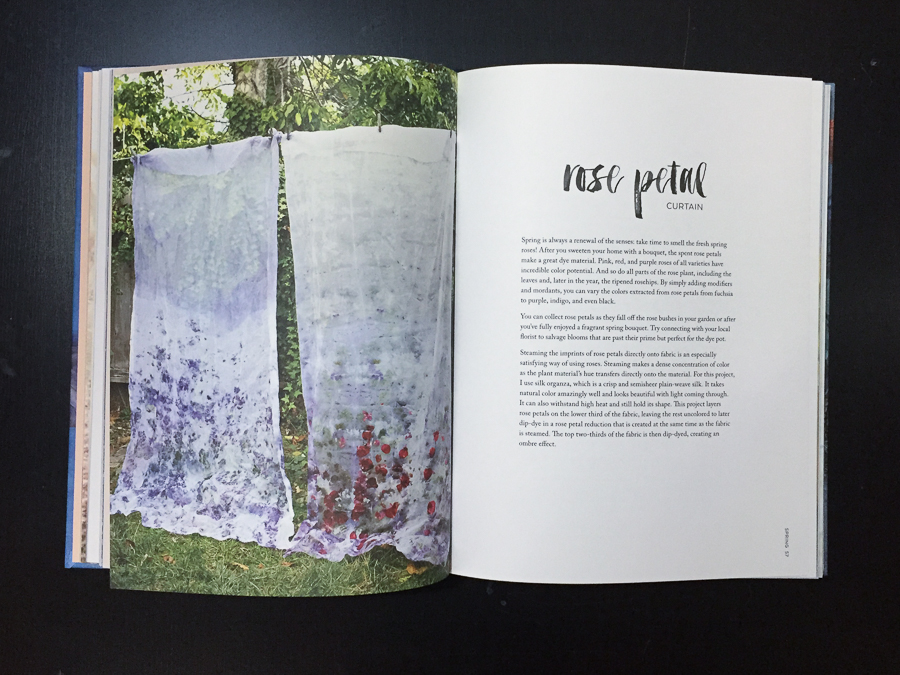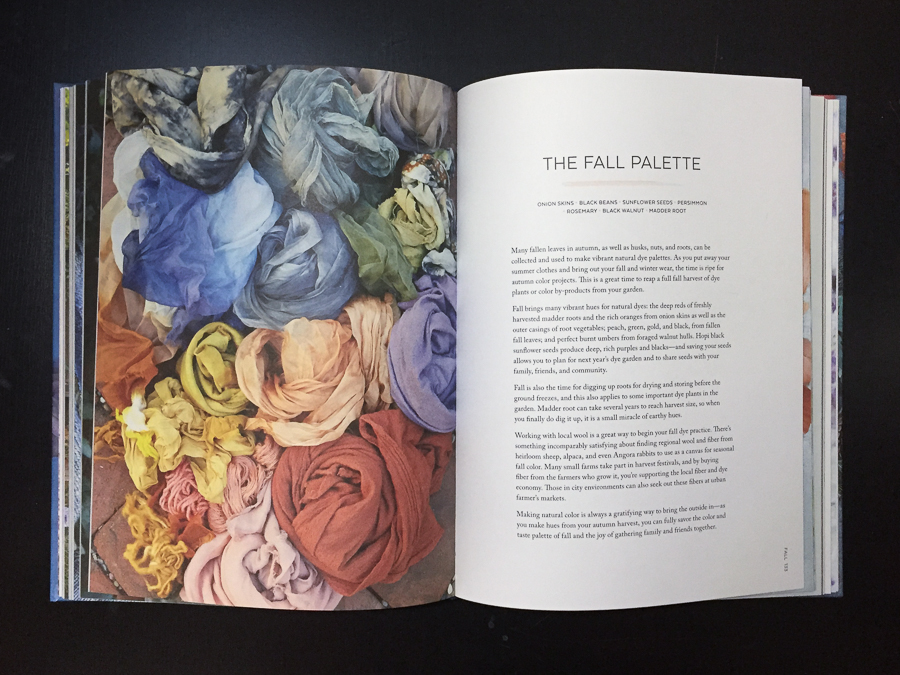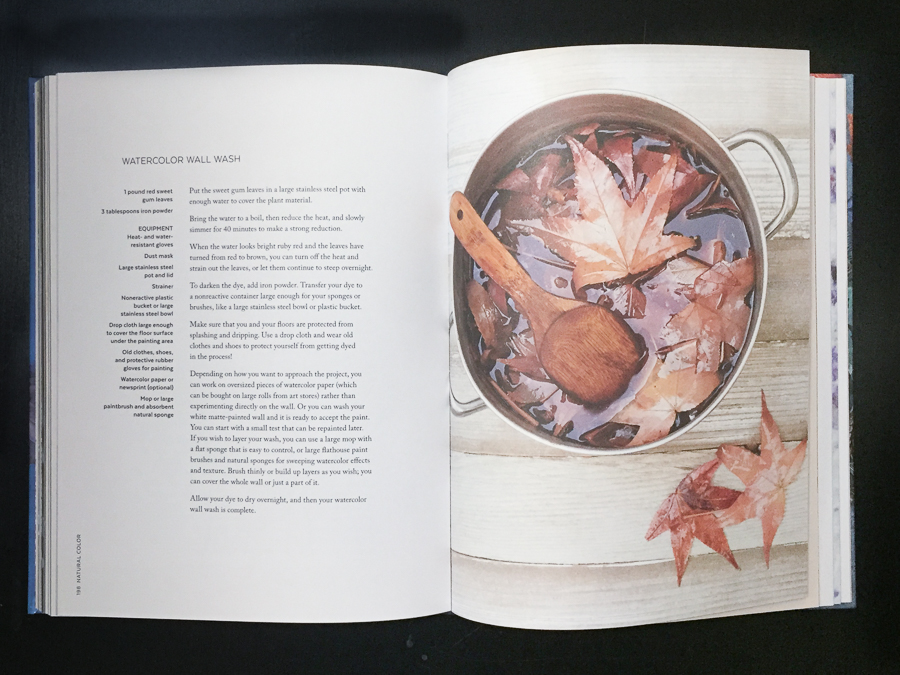 Natural color
Natural color
non-fiction, crafts
Watson-Guptill
August 23, 2016
hardcover
272

The first impression of this book is how much care was taken in printing it. The hardcover feels solid, and the colored photographs inside are beautifully rendered and are, by itself, of professional quality. The book was printed on quite thick paper. It makes for a perfect coffee table book, and offers a great conversation starter to house guests.
But let's not just judge the book by the cover. There is so much more to it.
The focus of the book is the use of common plants: fruits and vegetables, flowers, even weeds, to create dyes for assortment of craft projects. Can you guess what part of avocado is used for dyeing? What color can be obtained from redwood cones?
The plants dyes are organized by season. For each one, there is a how-to recipe to prepare the dye, with measures per weight of the fabric, and detailed instruction for dyeing. For each one, there is also an example project, from dyeing clothing and linens, to straw hats and woolen baskets! My absolute favorite are rose petal curtains.
If you think that following the projects in the book requires any specialized knowledge, this is not the case at all. Everything is included. There are chapters devoted to explaining various types of fibers, how to prepare them for dyeing, what additives are needed (not only will you learn what is mordant, but also how to prepare it from old nails), lists of tools and even some techniques for creating interesting patterns!
The book is a perfect read for those interested in natural, fun crafts projects.
I have received a free copy of the book for the purpose of this review from Blogging for books. Links in this post may contain affiliate code.
Click on any example book spread to see larger version!
Personal story:
I was first introduced to fabric dyeing by a friend of mine. We stayed in the same house, and it was passion of hers, so I joined her in dyeing session couple of times this spring. While she did not work with dyes she herself extracted from plant, it was still a fascinating process to observe how she mixed colors and what final result was on the fabric – in some cases not until few days later!
When I saw “Natural color” by Sasha Duerr, I was excited to delve deeper into the subject with my typical non-discriminating interest. Was I in for a ride!
I have received a free copy of the book for the purpose of this review from Blogging for books. Links in this post may contain affiliate code.


